No, it isn’t dead, but it isn’t what it was either. There were things coming together that would have made it very popular. Due to the impact of COVID, we saw it miss very popular and fall from popular to noteworthy.
Let’s take a look at it like a sprint review in agile software development. 🙂
What Went Well?
It is likely the most supported SBC, small board computer, even with the COVID challenges. Let’s upgrade that. The most popular SBC computer series is a possibility. Their market still carries the Pi 3, Pi 4, Pi 400, Pi Zero 2, Pi Pico, and more. Other SMB computers have been using the RPi 4 as the benchmark standard for many years now.
Raspberry Pi OS, the operating system has even added support for 64-bit in the last year. Delayed but highly welcomed. You can get it with or without the desktop. If you want, you can also run optional operating systems, including Ubuntu, Manjaro ARM Linux, Apertis, RISC OS Pi, three different media players, three different gaming systems, 3D printing, home assistants for automation, Anthias for digital signage, Kali Linux, FullPage OS, and Moodlebox. All of these are managed via a great OS install configuration app called Raspberry Pi Imager. The imager runs on Windows, Mac, and Linux.
YouTube and beyond, it is one of the most talked about pieces of technology anywhere on the market. You can learn to code on it, use it as a core personal computer, and more. While not the most performance-based system, if your needs are basic, this may check all the boxes for you. People who want to learn more about computing, hardware, or software have found the RPi a winning option.
Oh, hobby projects? It has a bus that is made to connect the computer with controlling the world outside its box. It has kits for everything from learning electronics (hardware) to network cluster solutions for building in-home clouds.
ARM-based computers need software built for the platform. That used to be more of a challenge, but things like Amazon adding ARM servers, and Apple retooling their operating system for Macs to run on ARM processors shifted the market. Now we have Docker and beyond with decent support on ARM-based versions of an ever-increasing collection of software built to run on this platform.

What Could Have Gone Better?
The first three things that come to mind are supply, supply, and supply. Yes, that one thing has earned the right to be all three of the top issues with this product.
- Supply: no availability and very low availability
- Supply: prices spiked on new and used RPi boards
- Supply: new boards didn’t come out at the rate they had in the past
We might have seen a Raspberry Pi 5 by this time, but certainly, a boosted 4, if not a 5. Perhaps an 8-core RPi 4. COVID impacted chip manufacturing worldwide. We have gotten some great software progress, but the hardware has languished.
Building businesses or community projects on these systems used to be a no-brainer because they were the best example of solid, affordable technology out there. Now the price has more than quadrupled if you need one and cannot wait for the rationing of the new ones. Yes, they are being rationed.
What Will We Do Now?
Plan projects differently, and consider other SMB solutions that may not have as good an operating system or the wide variety of uses the bus on the RPi provides. We will keep looking at the RPi, and its many options, but until supply gets solid again, it is more of a wish list solution than a viral answer.
I have about half a dozen RPi boards here, love the technology. It’s one of my wish list items to see recovery from the tragic world crisis. It’s not a deal breaker for doing business or technology on a smaller scale. There are many paths forward, but having the quality and affordable software of the RPi would be welcomed if they can solve the supply issues again.
Links to help you answer, how will the Raspberry Pi influence your future today?




Recent Comments